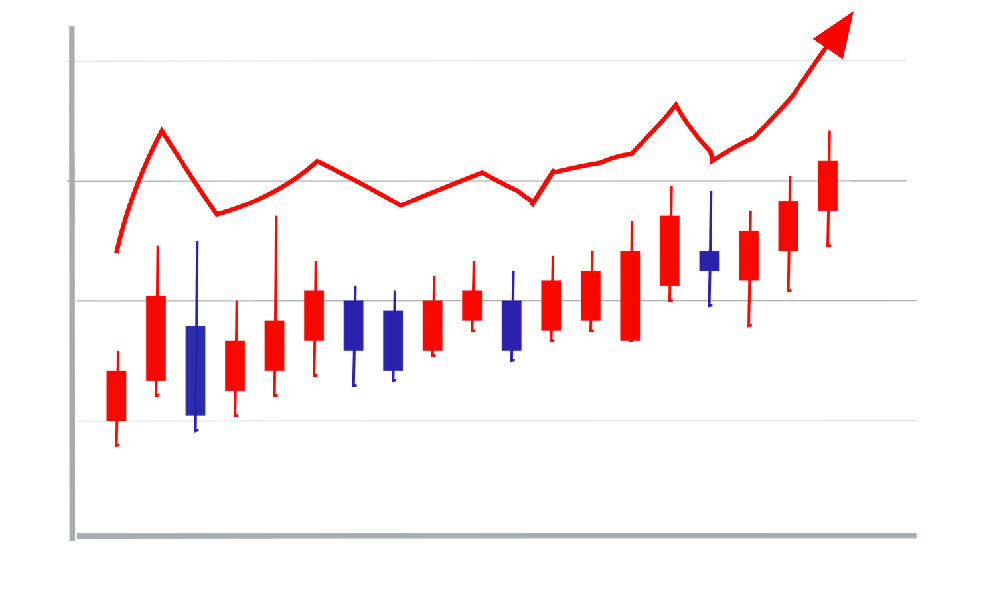The roar of the crowd, the bone-jarring hits, the meticulously choreographed plays – college football is a spectacle that captivates millions. For the athletes at the heart of it all, the experience is a demanding blend of athletic prowess, academic rigor, and intense pressure. The question of compensation for these athletes is a perennial debate, touching upon fairness, amateurism, and the evolving landscape of college sports. The traditional response is that these athletes are "amateurs," receiving scholarships, room and board, and other educational benefits in exchange for their athletic contributions. The allure of playing on a national stage, the camaraderie of the team, and the promise of future opportunities often outweigh the lack of direct financial compensation. This perspective emphasizes the "love of the game" as the primary motivator for these athletes.
However, a closer examination reveals a more complex reality. College football is a multi-billion dollar industry, generating immense revenue for universities, conferences, and television networks. Stadiums swell with fans, merchandise flies off the shelves, and lucrative television deals fill coffers. While the athletes are the primary drivers of this financial engine, they traditionally haven't directly benefited from this massive economic output beyond their scholarships. This disparity has fueled growing concerns about exploitation and fairness.
The argument against direct payment often hinges on the concept of amateurism, a deeply ingrained principle in college sports. The National Collegiate Athletic Association (NCAA) has historically defended amateurism as essential to maintaining the integrity and educational focus of college athletics. Payment, it's argued, would transform college athletes into professional employees, blurring the lines between education and sport, and potentially undermining the academic mission of universities.

However, the definition and application of amateurism have been increasingly challenged in recent years. Critics point out that the NCAA’s amateurism rules have often served to protect the financial interests of universities while restricting the economic opportunities of athletes. These rules have historically prohibited athletes from profiting from their name, image, and likeness (NIL), even in ways unrelated to their athletic performance. This restriction meant that a star quarterback couldn't endorse a local business or sell autographed memorabilia, even though his athletic success was the direct driver of that potential earning power.
The landscape began to shift dramatically with the rise of NIL rights. Landmark court rulings and subsequent NCAA policy changes have allowed college athletes to profit from their name, image, and likeness. This represents a significant victory for athletes, granting them the freedom to monetize their personal brand through endorsements, appearances, and other commercial ventures. While not direct salaries from universities, NIL deals offer a tangible way for athletes to share in the economic benefits they generate.
The introduction of NIL has not been without its complexities. Concerns have arisen about the potential for imbalances in NIL opportunities, with star athletes in high-profile sports garnering the lion's share of deals. This could exacerbate existing inequalities and create divisions within teams. Furthermore, navigating the world of NIL requires sophisticated financial and legal advice, which may not be readily accessible to all athletes.
Looking ahead, the future of athlete compensation in college football remains uncertain. While NIL represents a significant step towards fairer compensation, it doesn't address all the issues. The debate about direct payment from universities is likely to continue, particularly as the revenue generated by college sports continues to grow.
One potential model is revenue sharing, where athletes receive a percentage of the revenue generated by their sport. This could provide a more equitable distribution of wealth and incentivize athletes to perform at their best. Another option is to create a system of "trust funds" for athletes, where a portion of revenue is set aside for them to access after their college careers are over. This could help athletes transition to life after sports and provide financial security for their future.
Whatever the ultimate solution, it's clear that the traditional model of amateurism is no longer sustainable. The economic realities of college sports demand a more equitable system that recognizes the value and contributions of the athletes who drive the industry. Finding a balance between preserving the educational focus of college sports and ensuring fair compensation for athletes will be a crucial challenge for the NCAA and its member institutions in the years to come. The key is to create a system that not only benefits the athletes but also strengthens the overall integrity and sustainability of college football. This requires careful consideration, open dialogue, and a willingness to embrace innovative solutions that address the evolving needs of the sport and its participants. Ultimately, the goal is to ensure that college football remains a vibrant and enriching experience for all involved, both on and off the field.












